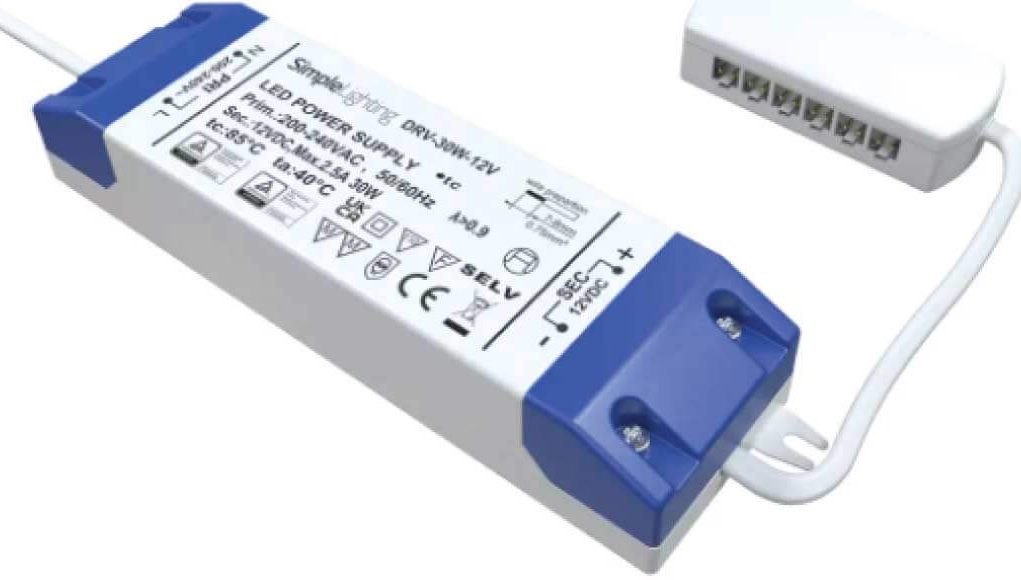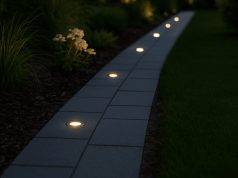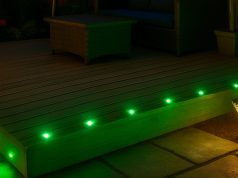Have you ever come across LED lights that say it needs an LED driver to run but have no idea what that is? Well, don’t worry. Most of the time, if you’re new to LED technology, you’ll really find LED drivers a bit confusing and sometimes overwhelming. There are so many types and specifications that you need to sort through, making it hard for you to find the one that you actually need.
What is an LED Driver?
You may be wondering, what is an LED driver and do you really need them for your lights? An LED driver is an electrical apparatus that adjusts power for a LED or group of LEDs. You need to have it in your LED circuit because it can result in system failure if you operate without one.
Using this device is essential in preventing damage to your LEDs since the forward voltage (quantity of volts the LED requires to conduct electric current and light up) of a high-powered LED fluctuates with temperature. As the temperature increases, the forward voltage goes down, triggering the LED to get more power. If this continues, the LED will become hotter and draw more current until it burns itself out.
An LED driver is a self-contained power supply with similar outputs as an LED. This helps stop your lights from burning up since the LED driver compensates for the fluctuations in the forward voltage, delivering a steady flow of power.
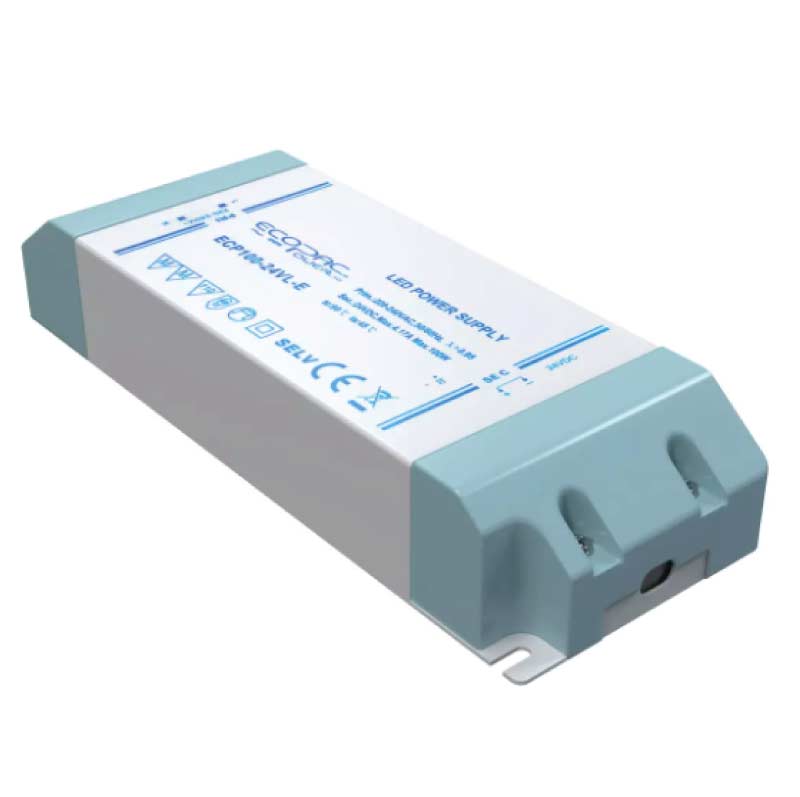
What do you need to consider before purchasing an LED driver?
Before you head out and buy an LED driver for your lights, ask the following questions:
- What are the types of LED that you’re using and how many?
- Will you need a constant voltage LED driver, or should you get a constant current LED driver?
- What type of power are you using (AC, DC, batteries, etc.)?
- Do you have any space limitations?
- What will be the primary goal of your setup?
- Is there a need for other special features (dimming, pulsing, etc.)?
Before anything else, you should know that there are two types of LED drivers, low-voltage DC input power (5-36VDC) and high voltage AC input power (90-277VAC). However, among the two, the most used are low voltage DC drivers because they’re more efficient and reliable. Even if your input is high-voltage AC, adding an additional switching supply enables you to use a DC input driver.
How many LED lights can you connect to an LED driver?
When connecting LEDs to the driver, you cannot simply link as many lights as you want. You need to check the maximum load your driver can carry and ensure that you don’t go over it. If you do, chances are, your lights and driver will be ruined. So, to know how many lights per driver, divide the maximum output voltage of the driver by the forward voltage of the LEDs.
For example, you have a 15w 12Vdc LED driver, and your under-cabinet LED lights are 5w each. If you divide 15w by 5w, you’ll get three, meaning the number of 5w under cabinet lights that you can use is three! Just remember, it’s better that your lights are below the maximum power load instead of going over it.
When do you need an LED driver?
All LED light sources need an LED driver. However, it’s not a matter of whether or not you need them, but when you should or should not buy a separate one. Some LED lights already have a driver integrated within the bulb, mainly those that you use inside your home (E26/E27 or GU24/GU10 bases that run on a 120V current).
However, low voltage LEDs like tape lights and some fixtures like under cabinet lights, plinth lights, and panel lights need a separate LED driver. If you happen to have a low voltage LED that suddenly stops working long before the end of its average lifespan, replacing the driver may save them!
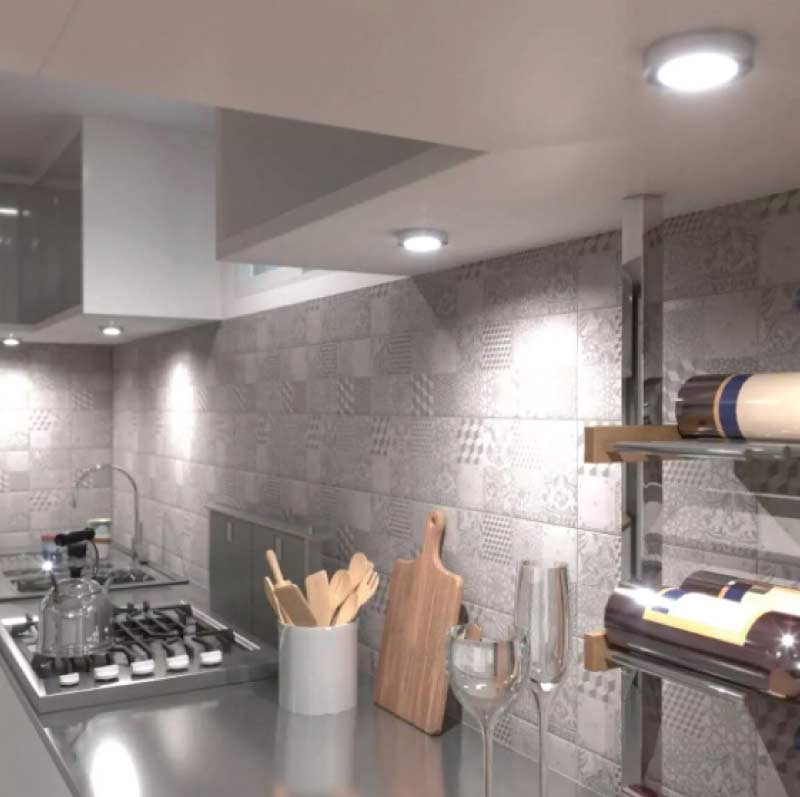
Do you need a water-resistant LED driver?
If you’re installing your low voltage LED lights indoors and away from any water sources, then it’s not necessary to get a water-resistant driver. However, if you’re mounting them in the kitchen, bathroom or outdoors, you don’t have any other option but to get a water-resistant driver.
To know if the driver is water-resistant, check the IP rating. For the bathroom and kitchen, go with an IP65 and above rating. Alternatively, it’s best to use an IP67 and above for outdoors.
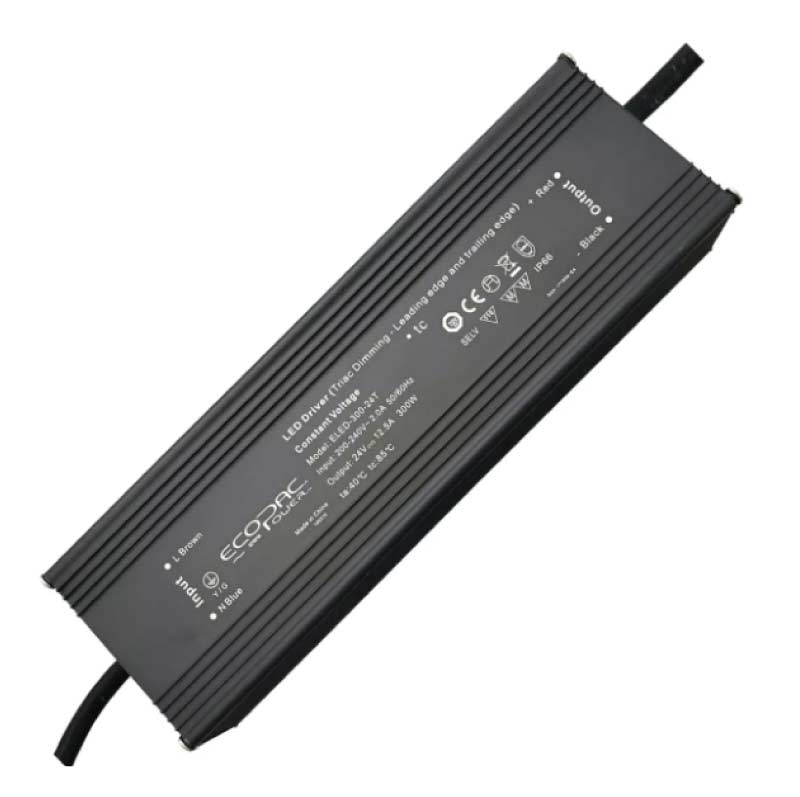
In addition, also ensure that the lights you’re using have an IP65 and above rating. Even if your driver is water-resistant, but your lights are not, you will still not be able to enjoy a bright space. Get a water-resistant diver and LED lights to guarantee that your outdoors, bath, or kitchen will be brightly illuminated when your friends and relatives come over!
Do you need a different LED driver for dimmable low voltage LEDs?
Dimmable LED lights also need a dimmable driver since they work by lessening the amount of power being supplied to the lights. If you don’t get a dimmable driver, you may have an issue with dimming your lights, or you might not be able to dim them at all.
There you have it! Now that you know why LED drivers are necessary for your lighting system, it’s time to shop for one! Check out our website, Simple Lighting, to not only get our high-quality and durable LED drivers but also browse through our extensive collection of LED lights, including light bulbs, under cabinet lights, panel lights, garden lights, and more!


